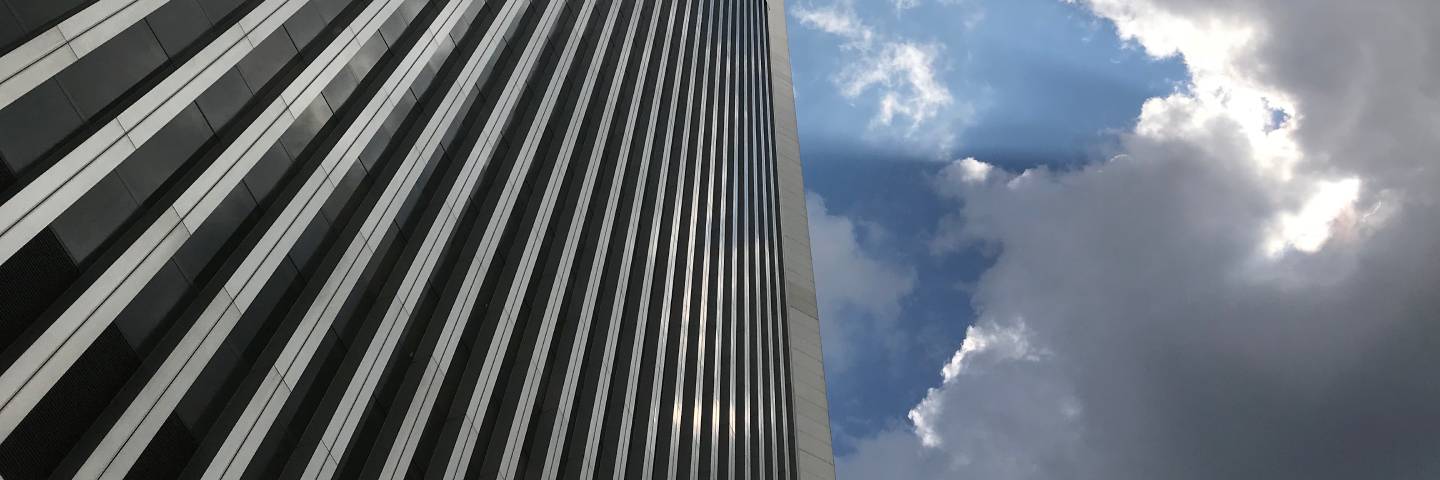
Choosing the Right Air and Water-Resistive Barrier System
Choosing the Right Air and Water-Resistive Barrier System
When selecting the best air and water-resistive barrier system for each project, the climate zone, wall assembly design, building type, building purpose, and interior climate, along with building details and penetrations need to be considered.
Climate Zone Influence on Choice of Air and Water-Resistive Barrier System
The climate zone must be considered when designing the air and water barrier system. Climate conditions directly impact moisture control and energy efficiency, and each climate zone presents unique challenges to building enclosure design, including air and water-resistive barrier performance. The parameters to consider in each climate region include average temperature, precipitation, and heating degree days.
Consider Wall Assembly Design
Selecting the right air and water-resistive barrier materials can help to ensure moisture control and maximize the overall performance of an air and water-resistive barrier system, regardless of climate. These are important components of the wall assembly that must be considered during the design process. Factors that influence the choice of materials used in an air and water-resistive barrier system include:
- The building enclosure construction and substrate type
- The building enclosure finishes, including the method of attachment or adhesion of the cladding
- Compliance with building code requirements such as NFPA 285
Understand Building Type, Purpose, and Interior Climate
The air and water-resistive barrier system impacts the building's ability to ensure occupant comfort (temperature and relative humidity), as well as building energy efficiency. The Achieving Airtight Buildings Illustrated Guide states “An airtight building enclosure, coupled with a well-designed mechanical ventilation system, can offer a high-performance solution that improves durability, reduces heat loss, and improves air quality.” The intended use of the building should factor into the material selections being considered for the building design in order to meet the needs and comfort of the building’s occupants.

Assess Building Details and Penetrations
Integrating the air and water-resistive barrier system with the building components to create a continuous air and water barrier requires evaluating the building's details and penetrations:
- Roof-to-wall transitions
- Door, window, curtain wall, and storefront openings
- Wall-to-foundation transitions
- Expansion joints
- Transitions between dissimilar enclosure systems
- Transitions between dissimilar materials
- Plumbing, mechanical, electrical, and structural penetrations
- Floors over unconditioned space
- Canopies, overhangs, and exterior vestibules
- Walls between conditioned and unconditioned spaces
Ready to meet with your WALLcontrol Trusted Advisor? Schedule a Meeting
